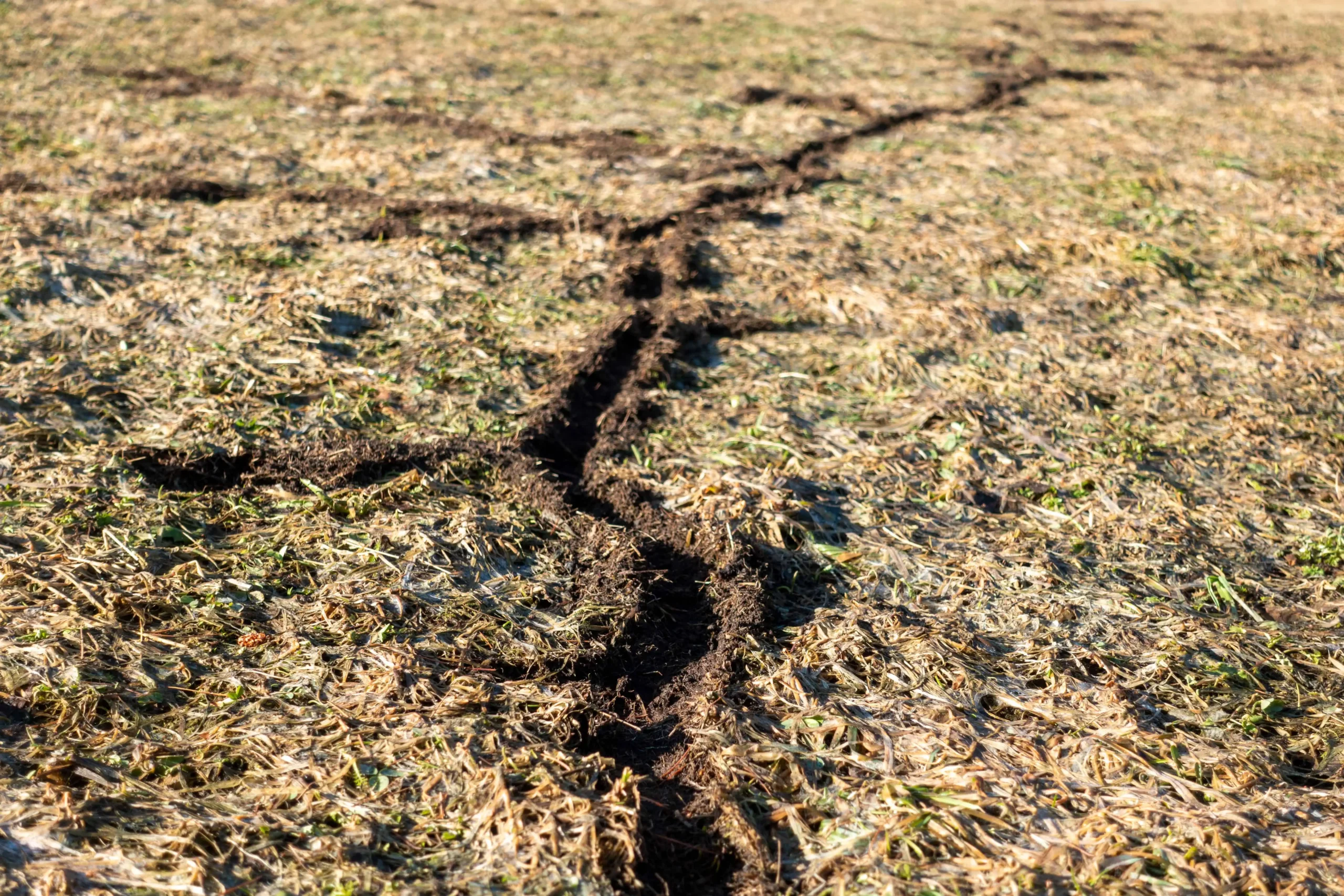Professional Strategies for Vole Control and Avoidance
Professional Strategies for Vole Control and Avoidance
Blog Article
Comprehensive Overview to Effective Vole Parasite Control: Invasion Identification and Treatment Methods
In the realm of effective bug control, vole problems position a special obstacle that demands a strategic strategy. By checking out the subtleties of vole actions, comprehending vital indicators of problem, and examining a range of control options, one can create an extensive strategy to fight these evasive insects.
Comprehending Vole Habits
Vole habits is identified by their tunneling behaviors and quick reproduction prices, making them a tough parasite to regulate effectively. Their rapid reproductive price further complicates control efforts, with females qualified of creating multiple clutters in a solitary year, each containing several children.
Voles are most active throughout the morning and evening hours, investing the majority of their time foraging for food. Their burrowing practices not just disturb yards and gardens however additionally make them challenging to detect and eliminate. Comprehending vole behavior is crucial for effective pest control strategies. By recognizing their burrow places, monitoring feeding locations, and executing targeted control approaches, such as trapping or habitat adjustment, vole infestations can be managed effectively.
Indicators of Vole Invasion

Avoidance Methods
Executing effective prevention techniques is critical in minimizing vole invasions and safeguarding greenery from their harmful feeding behaviors. To avoid vole problems, it is crucial to start by eliminating possible food resources and shelter.
Consistently checking the building for indications of vole activity, such as paths and tunnel openings, is vital for very early detection and punctual action. If vole task is thought, think about utilizing traps or repellents tactically positioned near their paths. Employing all-natural predators like owls or serpents can likewise aid maintain vole populations in check. By executing a combination of these avoidance strategies, gardeners and homeowners can properly safeguard their plants from vole damage.
Non-Lethal Control Techniques
To efficiently handle vole populaces while focusing on humane approaches, non-lethal control techniques provide practical services for minimizing vole damages in yards and landscapes. One efficient approach is using physical obstacles such as equipment fabric or cord mesh to secure susceptible plants. These obstacles can be buried at least 12 inches curved and deep at a 90-degree angle to stop voles from tunneling underneath. In addition, habitat alteration can prevent voles by decreasing their favored food sources and concealing areas. Preserving a well-mowed yard, eliminating particles, and keeping vegetation trimmed can make the environment much less attractive to voles.

Lethal Control Options
One reliable approach for attending to vole invasions in landscapes and gardens entails the critical use of dangerous control choices. When encountered with a severe vole problem that non-lethal approaches have fallen short to consist of, implementing deadly control steps ends up being vital. One frequently used dangerous control choice is using breeze catches. These traps are made to quickly and humanely eliminate voles upon activation, making them a prominent option for lots of gardeners and landscapers. To increase the performance of breeze catches, it is recommended to position them in areas where vole activity is high, such as along paths or near burrow entries. An additional lethal control option is the utilization of harmful baits specifically formulated to target voles. These baits have toxin that is consumed by the voles, resulting in their ultimate demise. However, care should be exercised when utilizing toxic lures to avoid harm to non-target pets or animals. On the whole, when employing dangerous control alternatives, it is vital to do so responsibly and in accordance with regional guidelines to efficiently take care of vole problems.
Conclusion
In conclusion, efficient vole bug control needs an extensive understanding of vole actions, identification of signs of infestation, execution of prevention methods, and utilization of both deadly and non-lethal click this control techniques. By incorporating these strategies, people can successfully manage vole populations and shield their residential property from damage. It is vital to resolve vole problems immediately to prevent additional problems and decrease the impact on the surrounding atmosphere.
Given the elaborate tunnel systems and quick reproduction prices particular of voles, acknowledging the indications of vole invasion ends up being crucial in reliable parasite control. One of the primary indicators of vole existence is the presence of surface area paths or tracks in yard or snow, generally concerning 1-2 inches large, developed as voles travel in between their burrows and food sources.To effectively manage vole populations while prioritizing gentle approaches, non-lethal control techniques provide functional remedies for decreasing vole damages in landscapes and gardens.One efficient technique for resolving vole infestations in yards and landscapes entails the strategic use of dangerous control choices. vole lawn damage.In conclusion, efficient vole pest control needs a comprehensive understanding of vole habits, identification of indications of invasion, execution of prevention techniques, and utilization of both non-lethal and deadly control approaches
Report this page